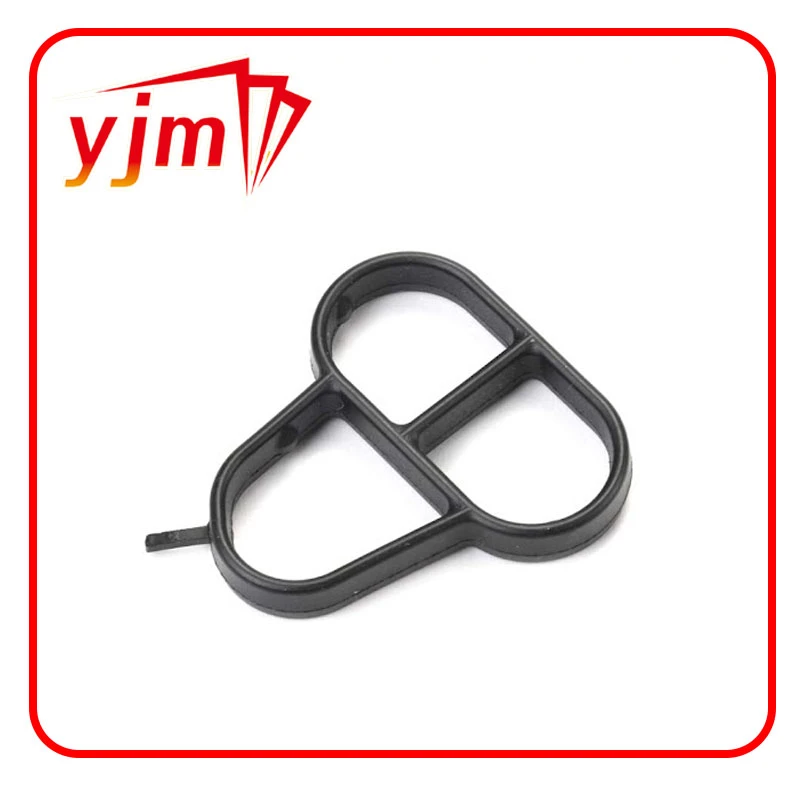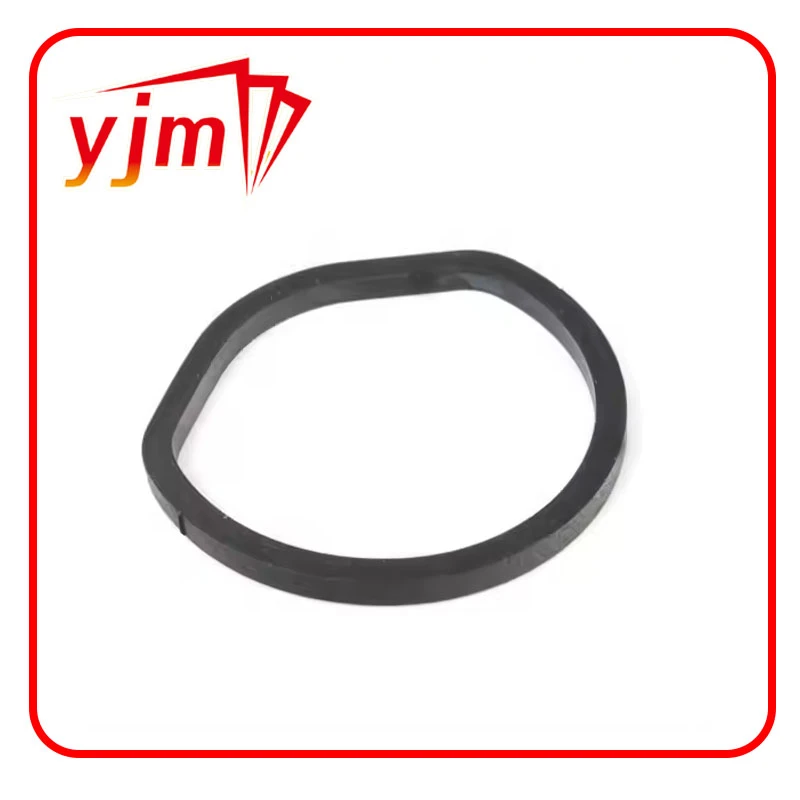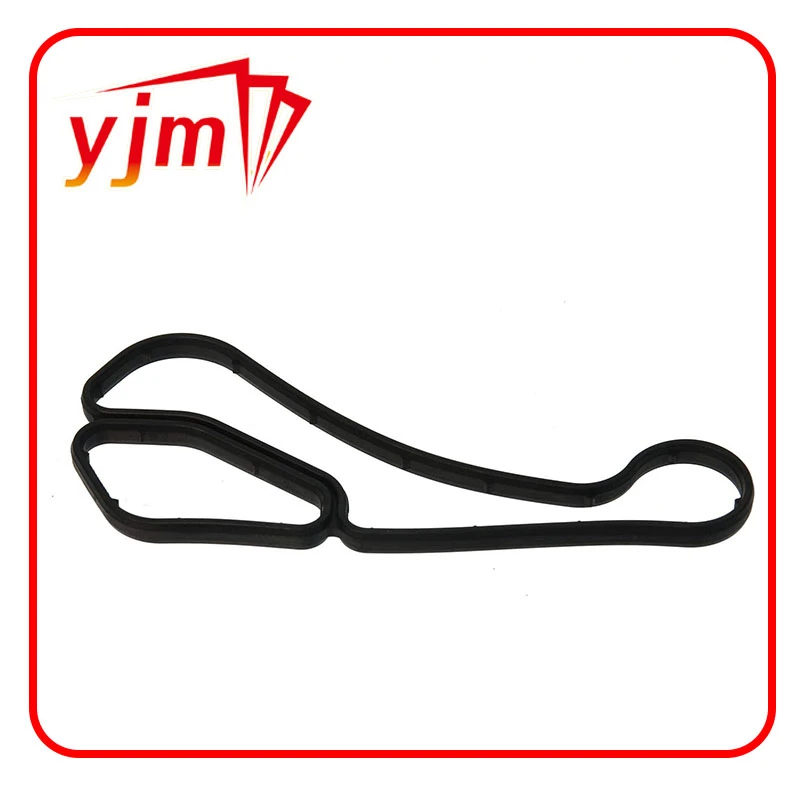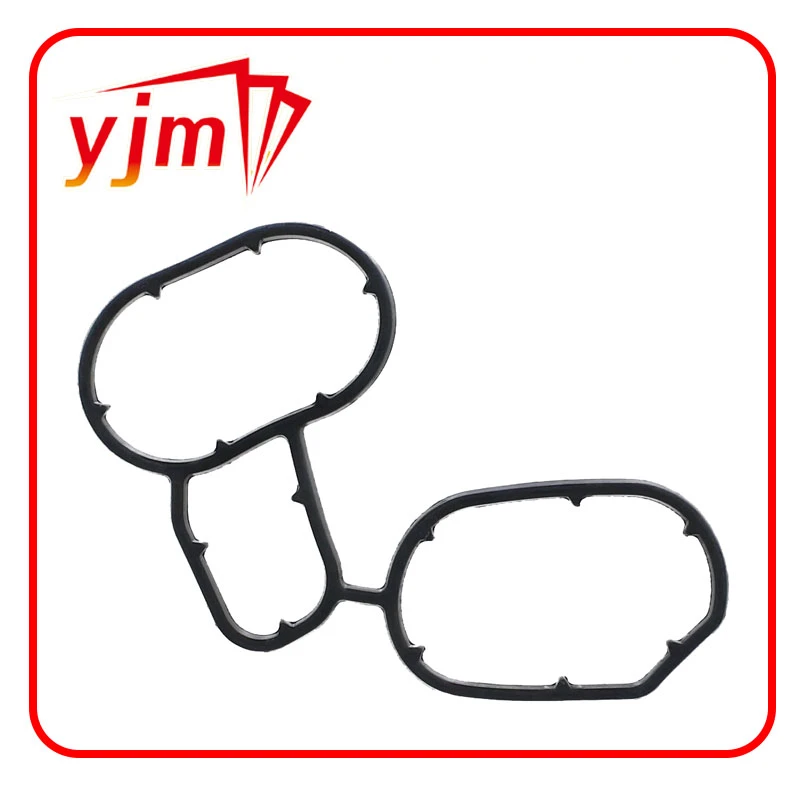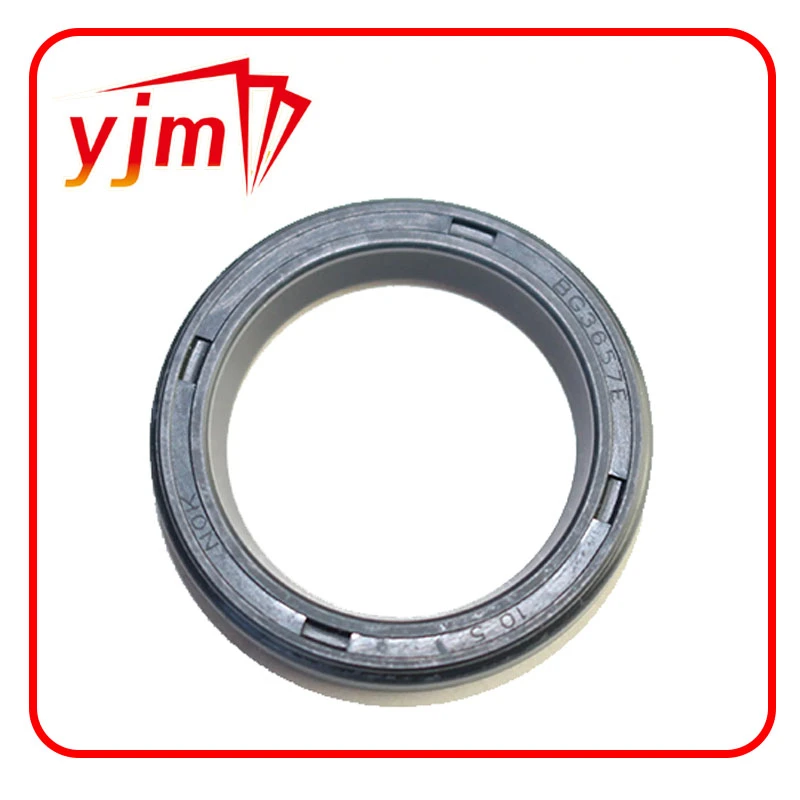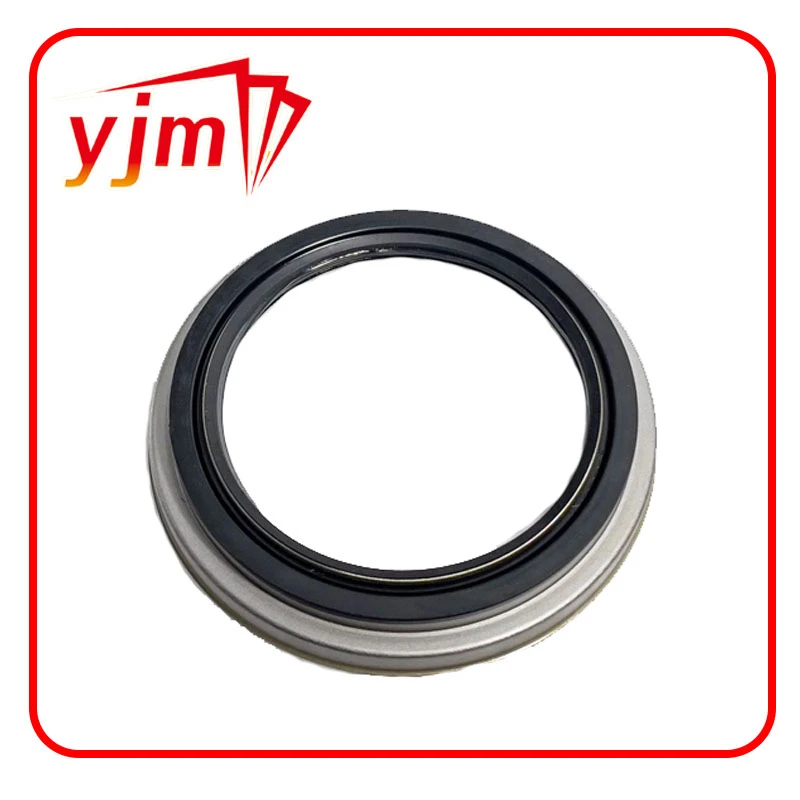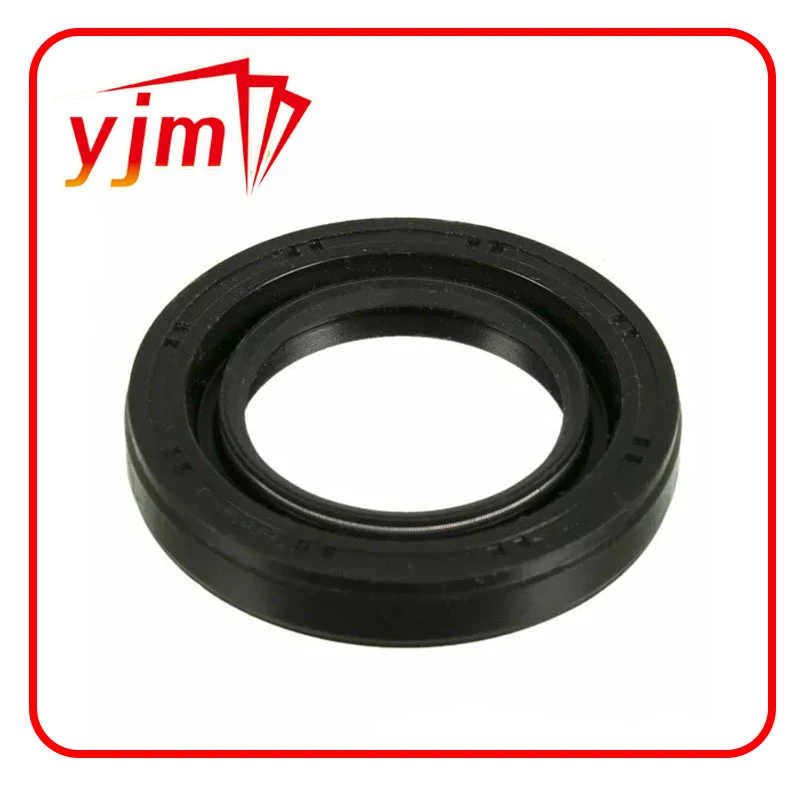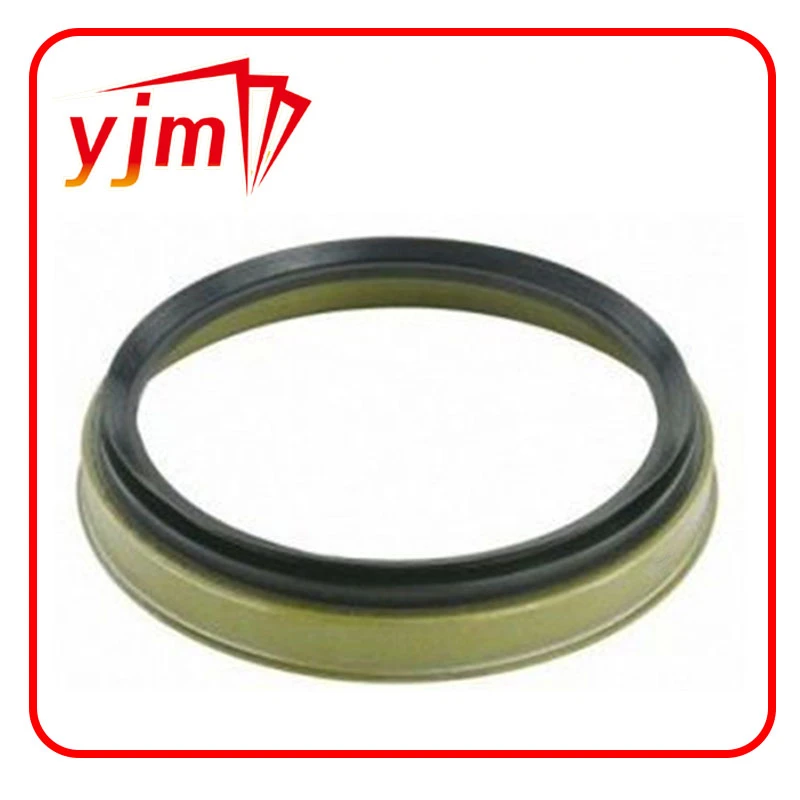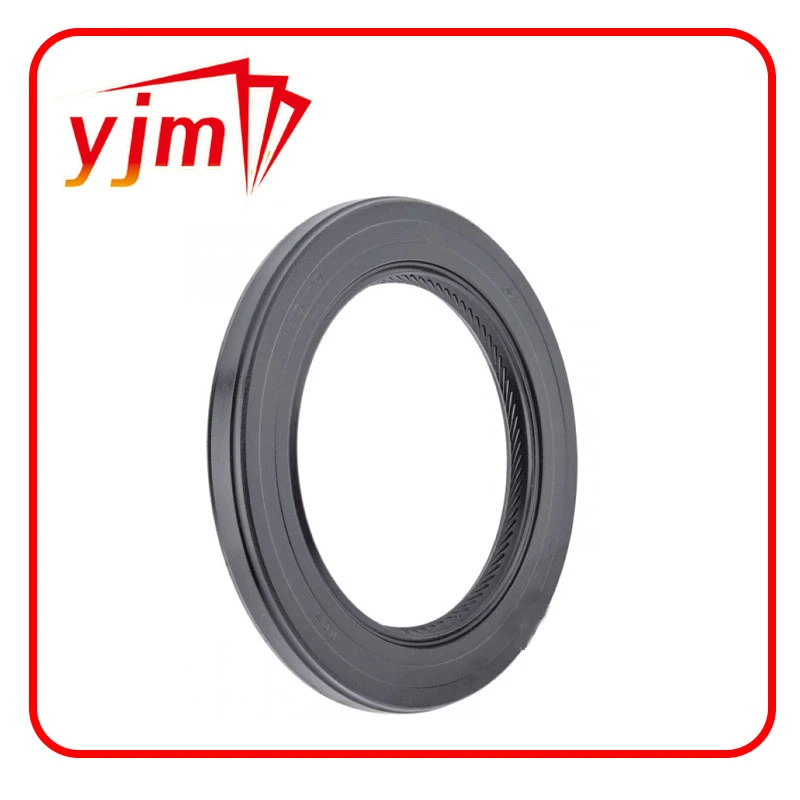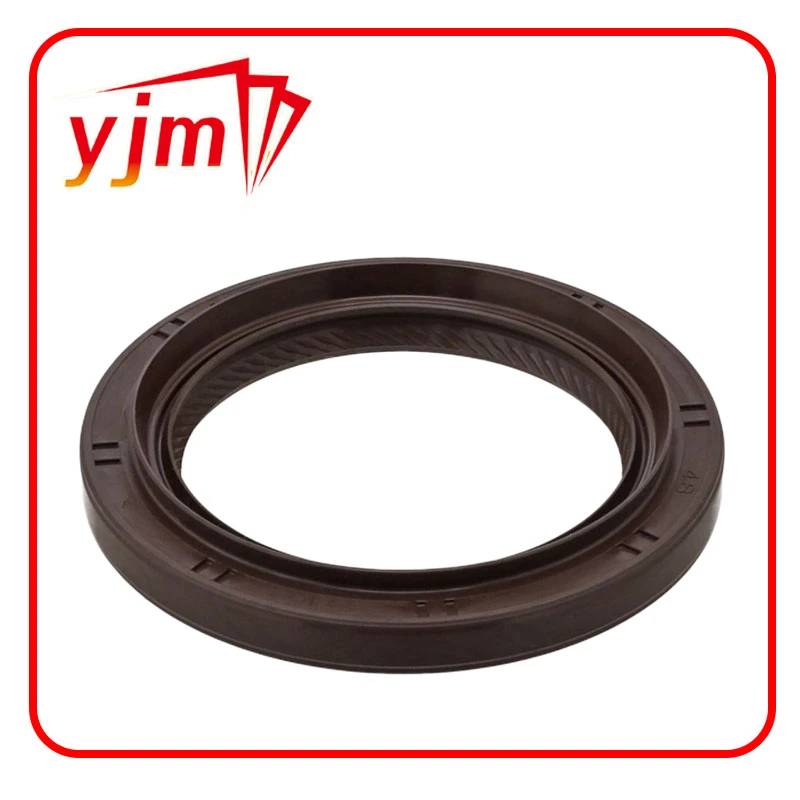Choosing the Right Oil Seal for Your Gearbox Maintenance and Performance Needs
Understanding Oil Seals for Gearboxes Importance, Types, and Maintenance
Oil seals, often overlooked components in gear mechanisms, play a critical role in the efficient and reliable operation of gearboxes. These seals, designed to retain lubrication while preventing contaminants from entering, are essential for maintaining the longevity and performance of various machinery, from automotive transmissions to industrial gearboxes. In this article, we will explore the significance of oil seals for gearboxes, the different types available, and tips for maintenance.
The Importance of Oil Seals
Oil seals serve two primary functions they help retain lubricant within the gearbox and prevent the ingress of dirt, dust, and other contaminants. The lubricant is crucial for reducing friction and wear between moving parts, thereby ensuring smooth operation. Without an effective oil seal, the lubricant could leak out, leading to insufficient lubrication, which may cause overheating, increased wear and tear, and ultimately, gearbox failure.
Moreover, oil seals protect the gearbox from environmental factors such as moisture, dust, and other contaminants that can lead to corrosion and degradation of internal components. Therefore, the quality and integrity of oil seals are paramount in maintaining gearbox health.
Types of Oil Seals
Oil seals come in various designs and materials, tailored to the specific requirements of different applications. Some of the most common types include
1. Single Lip Seals These seals consist of a single sealing lip and are widely used in applications where moderate pressure and contamination control are required. They are easy to install and offer effective sealing capabilities.
2. Double Lip Seals Featuring two sealing lips, these seals provide enhanced protection against contaminants and are ideal for extreme operating conditions. The additional lip acts as a barrier, preventing dirt and moisture from entering the gearbox, making them suitable for harsh environments.
3. Spring-Energized Seals These seals include a spring mechanism that maintains constant contact with the shaft, ensuring a tight seal. They are often used in high-speed or high-temperature applications where traditional seals may fail.
4. Viton Seals Made from fluorocarbon rubber, Viton seals are designed for applications involving harsh chemicals and extreme temperatures. Their exceptional resistance to oil and petroleum-based lubricants makes them ideal for high-performance applications.
oil seal for gearbox
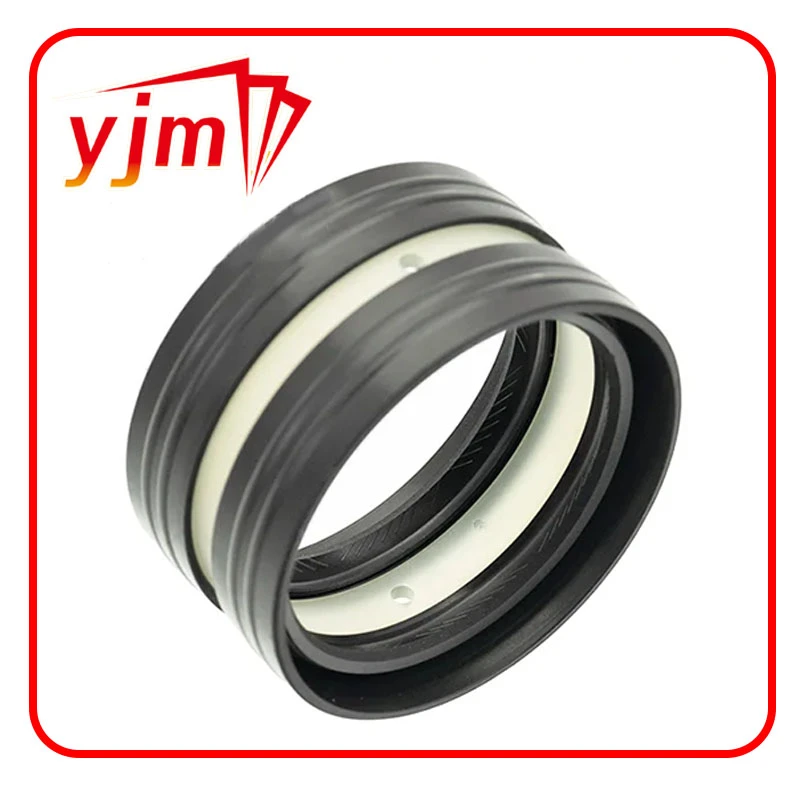
5. Polyurethane Seals Known for their durability and flexibility, polyurethane seals can withstand significant wear and are often used in heavy-duty applications.
Maintenance Tips
To extend the lifespan of oil seals in gearboxes, effective maintenance practices are essential
. Here are some tips to ensure optimal performance1. Regular Inspections Periodically check oil seals for signs of wear, cracking, or deformation. Early detection can prevent costly repairs and downtime.
2. Proper Lubrication Levels Ensure that the gearbox is adequately lubricated. Low lubrication levels can lead to increased friction, causing the seals to wear out prematurely.
3. Avoid Contaminants Keep the gearbox clean and free from dust and debris. Contaminants can damage the seals and compromise their effectiveness.
4. Correct Installation Follow manufacturer guidelines during installation to avoid damaging the seals. Proper alignment and fitting are crucial for effective sealing.
5. Temperature Management Monitor operational temperatures, as excessive heat can degrade seal materials. Ensure that the gearbox operates within the recommended temperature ranges.
Conclusion
In conclusion, oil seals are vital components of gearboxes, significantly impacting their performance and longevity. Understanding the different types of seals and implementing proactive maintenance practices can lead to improved efficiency and durability of the gearbox. By prioritizing the integrity of oil seals, industries can minimize downtime and maximize productivity, ensuring smooth operations across various applications.
-
Understanding the Front Main Engine Seal: Purpose, Maintenance, and Installation
News Jul.29,2025
-
Understanding O-Rings and Seal Rings: Types, Applications, and Custom Solutions
News Jul.29,2025
-
Understanding Crankshaft Oil Seals: Rear Seals, Pulley Seals, and Their Role in Engine Integrity
News Jul.29,2025
-
The Importance of Front and Rear Crankshaft Seals in Engine Performance and Oil Management
News Jul.29,2025
-
Crank Oil Seals: Functions, Types, and Cost Considerations in Engine Maintenance
News Jul.29,2025
-
A Comprehensive Guide to O-Rings and Seals: Types, Materials, and Global Applications
News Jul.29,2025
-
Mastering Diesel and Performance Engine Maintenance: A Guide to Critical Oil Gaskets
News Jul.28,2025
Products categories

